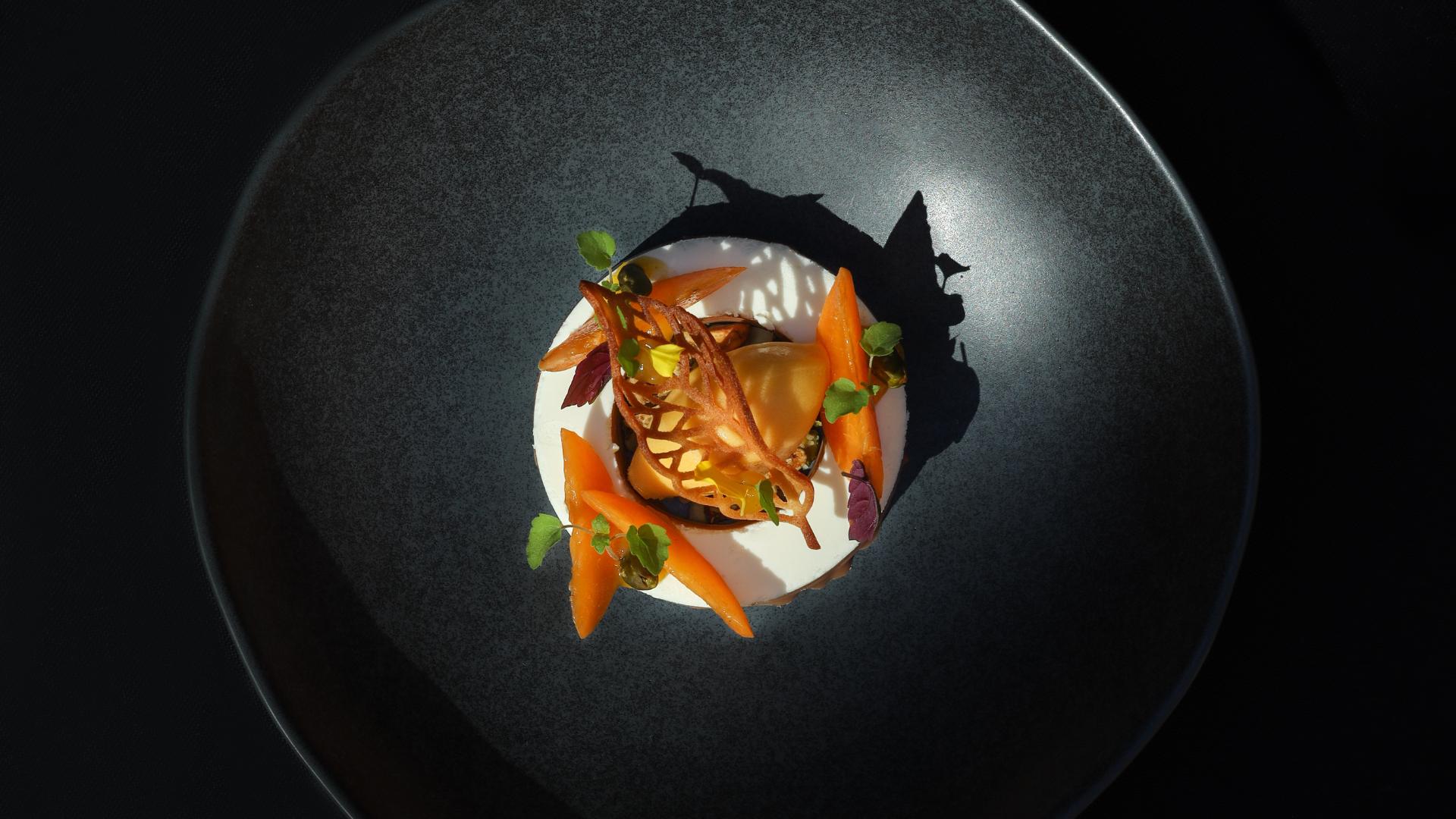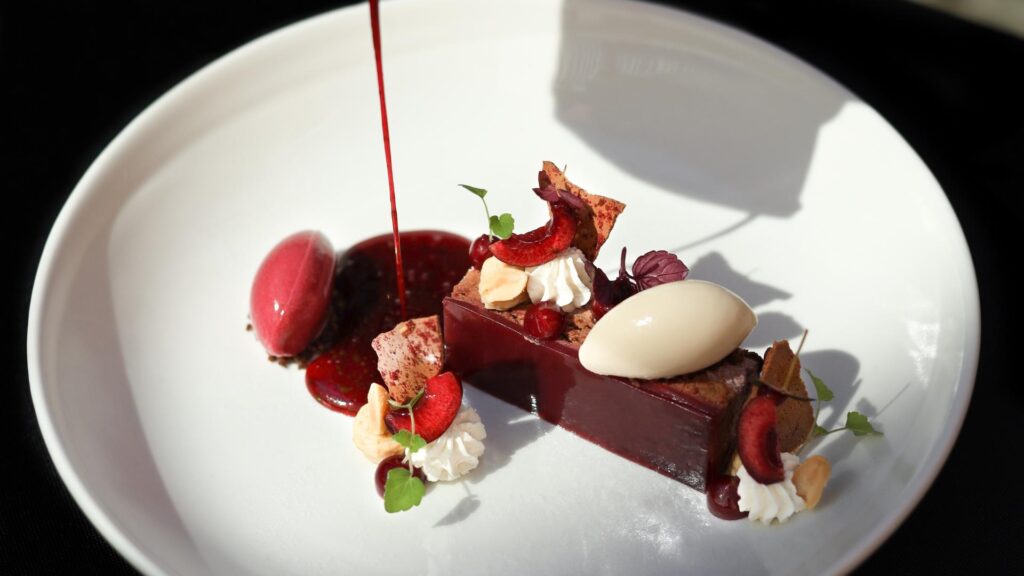The Michelin Guide has long been a revered authority in the world of fine dining, its stars serving as a beacon of culinary excellence. As we stand on the cusp of 2025, the allure of Michelin-starred restaurants remains undiminished, captivating food enthusiasts and chefs alike. In this exploration, we’ll delve into the essence of what makes these restaurants stand out, examining the intricate details that contribute to their prestige. Through careful consideration, Michelin inspectors award stars to a select few establishments, ensuring an unforgettable dining experience. Join us as we unravel the secrets behind the stars and discover why they continue to hold such sway in the culinary world.
The History and Legacy of the Michelin Guide
First published in 1900 by the tire company Michelin, the Michelin Guide was initially created to help motorists find hotels and restaurants on the road. Over the decades, it evolved into a prestigious culinary rating system that chefs aspire to be a part of. With its three-star system, it has set a global standard for culinary quality.
Michelin’s Stars have become synonymous with exceptional cuisine and impeccable service. A single star signifies a « very good restaurant, » while two stars indicate « excellent cooking that is worth a detour. » The coveted three-star rating denotes « exceptional cuisine that is worth a special journey. »
The Guide’s legacy is built on a foundation of trust and consistency. Its inspectors, who are anonymous and professionally trained, visit restaurants multiple times before awarding a star. This rigorous process ensures that only the best in culinary innovation and consistency are recognized. As a result, being awarded a Michelin star is a testament to a restaurant’s dedication to quality and service.
What Makes a Restaurant Michelin-Star Worthy?
At the heart of a Michelin-starred restaurant is an unwavering commitment to culinary excellence. The standards set by the Michelin Guide are not just about the food on the plate; rather, they encompass the entire dining experience.
A critical factor is the quality of the ingredients used. Michelin inspectors pay close attention to the freshness, flavor, and sourcing of ingredients. They are keen to see how chefs employ these ingredients to create unique and memorable dishes.
The chef’s skill is also under scrutiny. It’s not enough to simply cook well; the food must reflect creativity, technique, and passion. Chefs at Michelin-starred establishments often push the boundaries of traditional cooking to deliver innovative culinary experiences.
Presentation plays a role too. The way a dish is presented is a reflection of the restaurant’s attention to detail and artistry. Each plate is meticulously arranged to captivate the diner visually, setting the stage for the flavor journey.
Finally, the dining environment and service quality round off what makes a restaurant Michelin-star worthy. The atmosphere should be inviting and comfortable, with attentive service that complements the culinary journey.
The Impact of Michelin Stars on Restaurants and Chefs
A Michelin star is more than just an accolade; it’s a transformative force that often reshapes the destiny of a restaurant and its chef. The announcement of a star can lead to a surge in bookings, turning a local eatery into a global destination overnight.
For chefs, earning a Michelin star is the pinnacle of their career, a recognition of their culinary expertise and creativity. It brings with it not only prestige but also immense pressure to maintain or improve standards, as the loss of a star can be detrimental.
The star rating also drives a restaurant’s menu prices, often resulting in higher margins and increased revenue. However, this comes with the expectation of outstanding dining experiences, as patrons anticipate world-class food and service.
Moreover, being listed in the guide can attract talent, drawing skilled chefs and staff eager to work in a Michelin-starred environment. The reputation of being part of such an elite circle can enhance a chef’s resume and open doors to global opportunities.
Yet, it’s important to note that the pursuit of stars can also be a double-edged sword. The pressure to constantly innovate and meet high expectations can lead to burnout and stress for chefs and staff. Therefore, maintaining a balanced approach that prioritizes both culinary excellence and team well-being is crucial.
The Future of Michelin-Starred Dining
As we venture further into the 21st century, the world of Michel-starred dining continues to evolve. The Michelin Guide has been adaptive, embracing new trends and culinary movements to remain relevant.
One significant shift is the increased emphasis on sustainability. Restaurants are being recognized for their commitment to sustainable practices, from sourcing local and organic ingredients to reducing waste and energy consumption.
Diversity in cuisine is also being celebrated more than ever. With the world becoming a culinary melting pot, Michelin is recognizing a broader array of cuisines and dining styles. This inclusivity not only enriches the dining experience but also acknowledges the cultural tapestry of food.
Moreover, technology is playing an ever-increasing role in the dining experience. From digital menus to immersive dining concepts that incorporate augmented reality, restaurants are leveraging technology to enhance the way we dine.
As culinary landscapes continue to shift, one thing remains constant: the Michelin star is a symbol of culinary excellence and innovation. As we look to the future, the Guide’s commitment to quality and integrity ensures that it will remain a cornerstone of the dining world for years to come. Michelin-starred restaurants are more than just places to eat; they are culinary destinations that offer unforgettable dining experiences. Each star represents a commitment to excellence, creativity, and quality that resonates with diners worldwide.
In exploring the world of Michelin stars, we’ve seen how the Guide has shaped the culinary landscape, setting the bar for what is considered the finest in dining. From the meticulous selection process to the impact of receiving a star, Michelin-starred restaurants continue to captivate and inspire.
As we move forward, the evolving dynamics of the dining world present exciting opportunities and challenges. Yet, the core values that define a Michelin star—quality, innovation, and dedication—remain steadfast. For us, as diners and enthusiasts, the allure of a Michelin-starred restaurant remains timeless, promising a dining adventure that is nothing short of extraordinary.
FAQ
What is a Michelin-starred restaurant?
A Michelin-starred restaurant is an establishment that has been awarded one or more stars by the Michelin Guide, a prestigious international restaurant rating system. These stars are given based on the quality of the food, the mastery of technique, the personality of the chef in the cuisine, the value for money, and consistency over time.
How are Michelin stars awarded?
Michelin stars are awarded by anonymous inspectors who visit restaurants and evaluate them based on several criteria, including the quality of ingredients, the harmony of flavors, the mastery of techniques, the personality of the chef as reflected in the cuisine, and consistency across the entire menu. The evaluation process is rigorous and remains confidential to ensure unbiased assessments.
What is the difference between one, two, and three Michelin stars?
A restaurant with one Michelin star is considered to be very good in its category, offering cuisine prepared to a consistently high standard. Two stars indicate excellent cooking that is worth a detour, while three stars signify exceptional cuisine that is worth a special journey, often featuring innovative dishes that push the boundaries of traditional culinary arts.
Are Michelin-starred restaurants always expensive?
While Michelin-starred restaurants are often associated with high prices due to the quality of ingredients and the expertise required for their preparation, not all are prohibitively expensive. Some establishments offer more affordable options, including lunch menus or tasting menus at a lower price point, allowing a wider audience to experience exceptional dining.
Can restaurants lose their Michelin stars?
Yes, restaurants can lose their Michelin stars if they fail to maintain the high standards required by the Michelin Guide. Factors such as changes in quality, consistency, or overall dining experience can influence the decision to revoke a star during the annual review process carried out by the inspectors.

